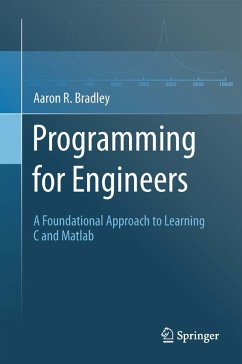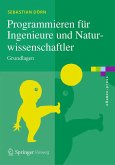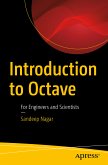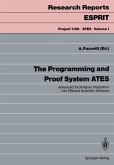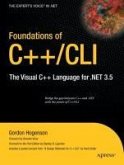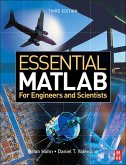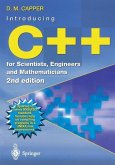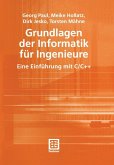The author departs radically from the typical presentation by teaching concepts and techniques in a rigorous manner rather than listing how to use libraries and functions. He presents pointers in the very first chapter as part of the development of a computational model that facilitates an ab initio presentation of subjects such as function calls, call-by-reference, arrays, the stack, and the heap. The model also allows students to practice the essential skill of memory manipulation throughout the entire course rather than just at the end. As a result, this textbook goes further than is typical for a one-semester course -- abstract data types and linked lists, for example, are covered in depth. Thecomputational model will also serve students in their adventures with programming beyond the course: instead of falling back on rules, they can think through the model to decide how a new programming concept fits with what they already know.
The book is appropriate for undergraduate students of engineering and computer science, and graduate students of other disciplines. It contains many exercises integrated into the main text, and the author has made the source code available online.
Dieser Download kann aus rechtlichen Gründen nur mit Rechnungsadresse in A, B, BG, CY, CZ, D, DK, EW, E, FIN, F, GR, HR, H, IRL, I, LT, L, LR, M, NL, PL, P, R, S, SLO, SK ausgeliefert werden.
Hinweis: Dieser Artikel kann nur an eine deutsche Lieferadresse ausgeliefert werden.
Clarity of exposition, numerous well-chosen examples, pedagogical savvy, and logical sequencing of the topics all help the reader's progress through the chapters and make for an enjoyable learning experience. This book prepares one well to deal with advanced programming language constructs and the design of large, complex applications by promoting mastery of the fundamentals, by covering important practical aspects of a programmer's activity, and by instilling good design and implementation habits. It is therefore ideally suited for self-study or as a textbook in an introductory college-level programming course for engineers and similarly technically-mindedstudents."
Fabio Somenzi (University of Colorado at Boulder)
Clarity of exposition, numerous well-chosen examples, pedagogical savvy, and logical sequencing of the topics all help the reader's progress through the chapters and make for an enjoyable learning experience. This book prepares one well to deal with advanced programming language constructs and the design of large, complex applications by promoting mastery of the fundamentals, by covering important practical aspects of a programmer's activity, and by instilling good design and implementation habits. It is therefore ideally suited for self-study or as a textbook in an introductory college-level programming course for engineers and similarly technically-mindedstudents."
Fabio Somenzi (University of Colorado at Boulder)

